I used a Panasonic FZ200 ultra zoom for many years of travel and liked the 24x, 25-600mm equivalent F2.8 lens, but the tiny 1/2.3″ (~ 6.16 x 4.62 mm) sensor size (see figure below) made low light pictures problematic.
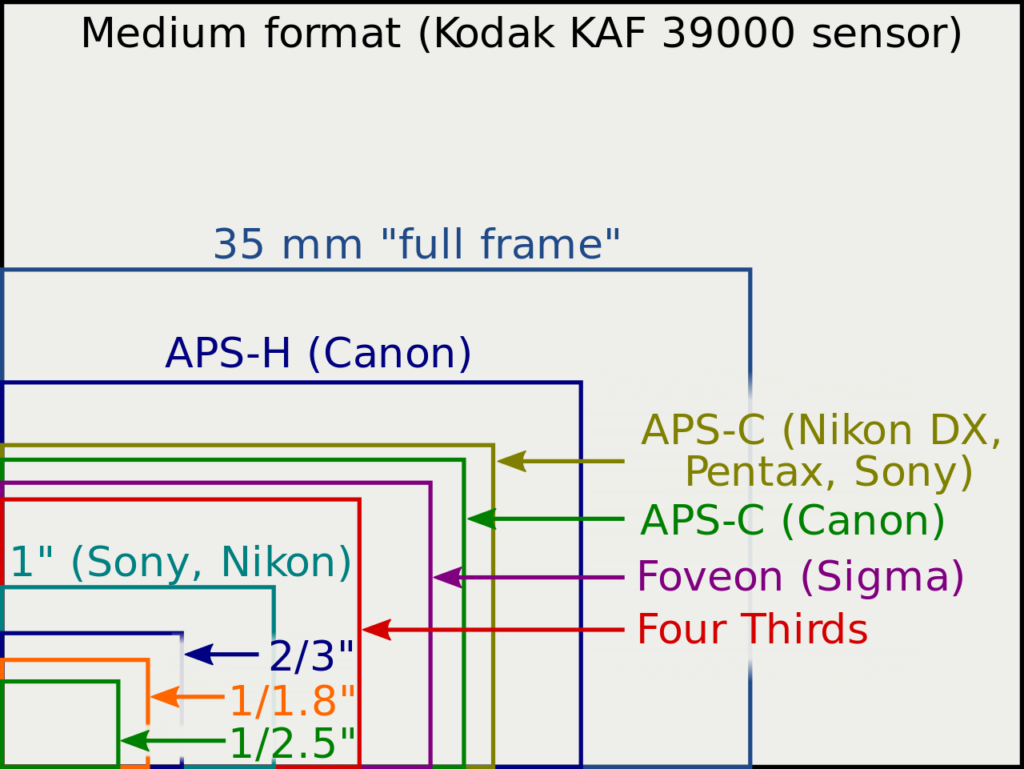
When traveling I want to minimize weight since some airlines restrict the weight of carry on bags, and my other camera, a Panasonic Lumix G85 micro four thirds (MFT) with multiple lenses, is too much. I also like the idea of not having to change lenses as required by my micro four thirds .when I want to go from wide angle to a tele more than 300mm. I also like to shoot in available light and not use flash or a tripod, so having the option to use high ISO is desirable. So, my requirements were as follows for a new travel camera:
- Relatively lightweight
- Good viewfinder, OK with glasses
- Easy to use
- Adequate in low light, high ISO option
- No lens changes
- Better tele than my 28-280mm on my MFT camera
- Not super expensive
I tried the Panasonic GX9 smaller MFT camera, but hated the viewfinder. When I heard about the Panasonic FZ1000 “Point and Shoot” in 2014, with a much bigger 1 inch sensor, I thought it might be a good compromise camera to use for travel, but the $900 price put me off. When the successor, the FZ1000 Mark II, came out recently, the price of the first version plummeted to $500, and I thought worth a try.
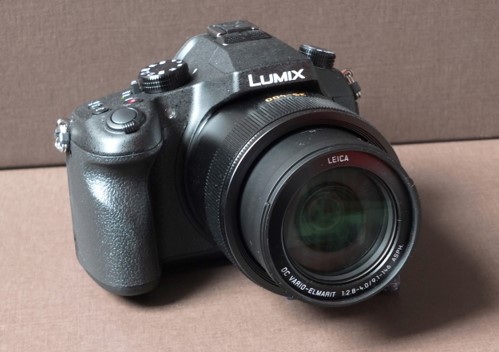
From the front, the FZ1000 design resembles DSLR’s.
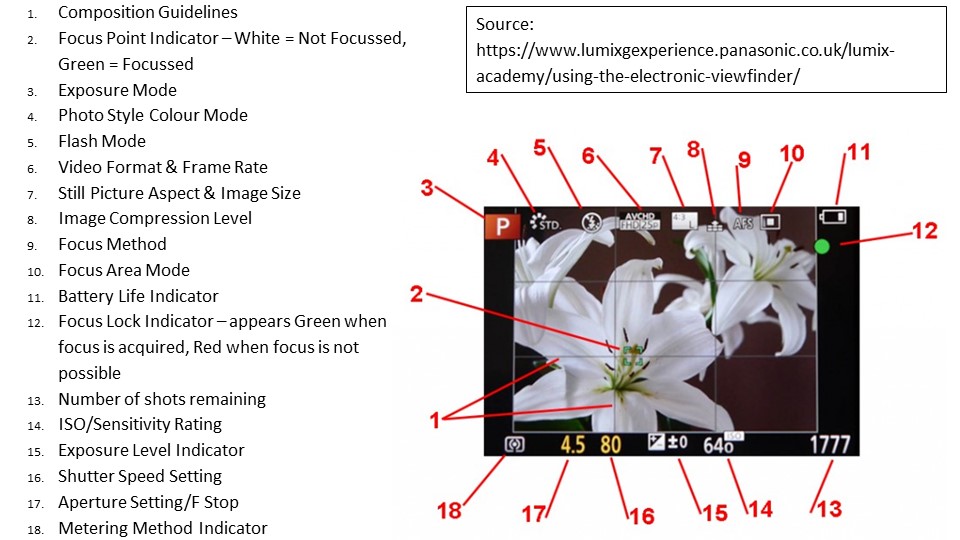
It has an electronic viewfinder rather than an optical one like SLR’s have. Whether this was better was a question I had.
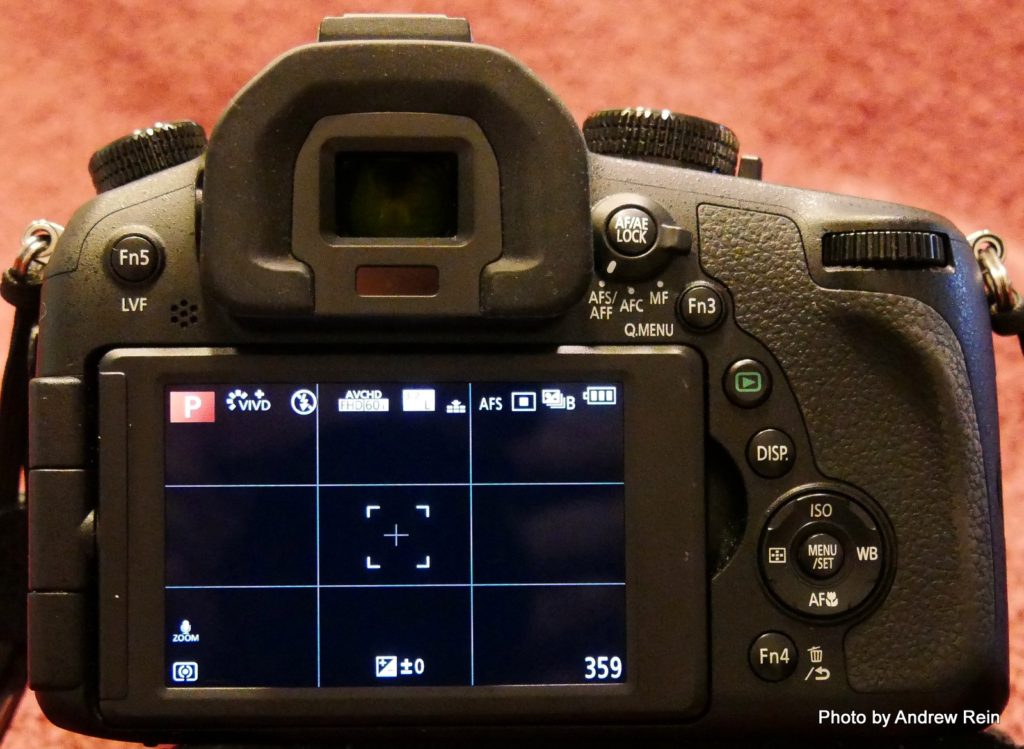
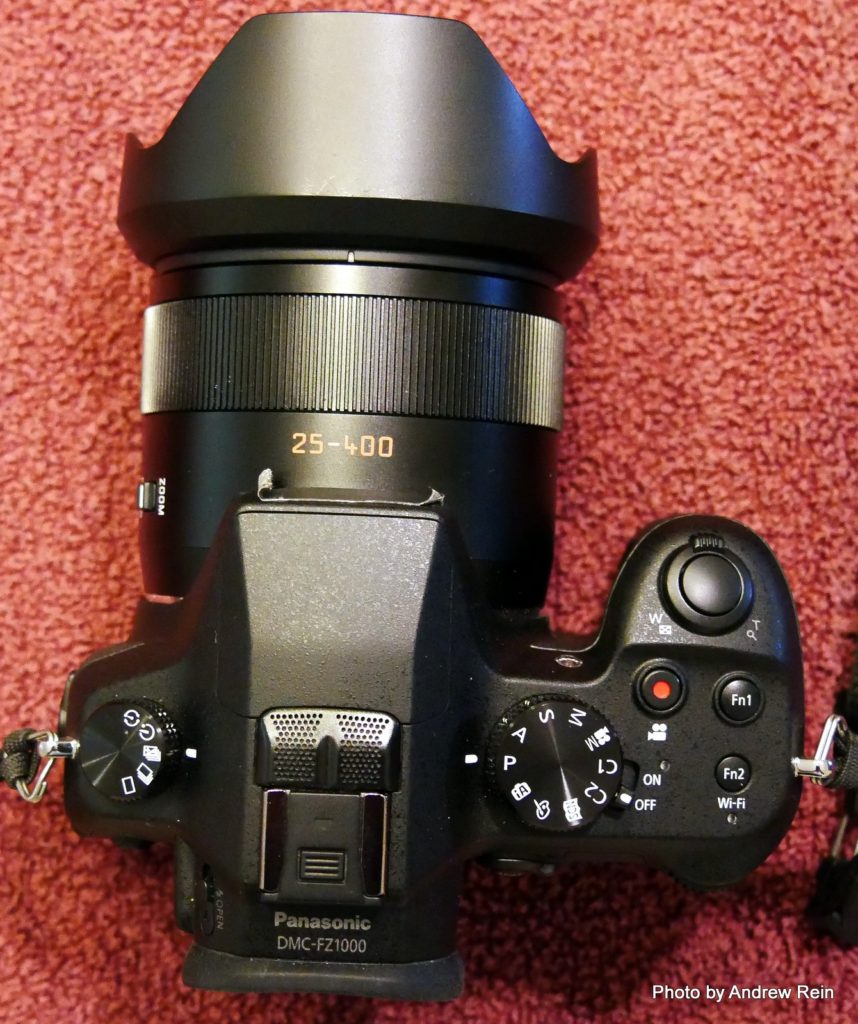
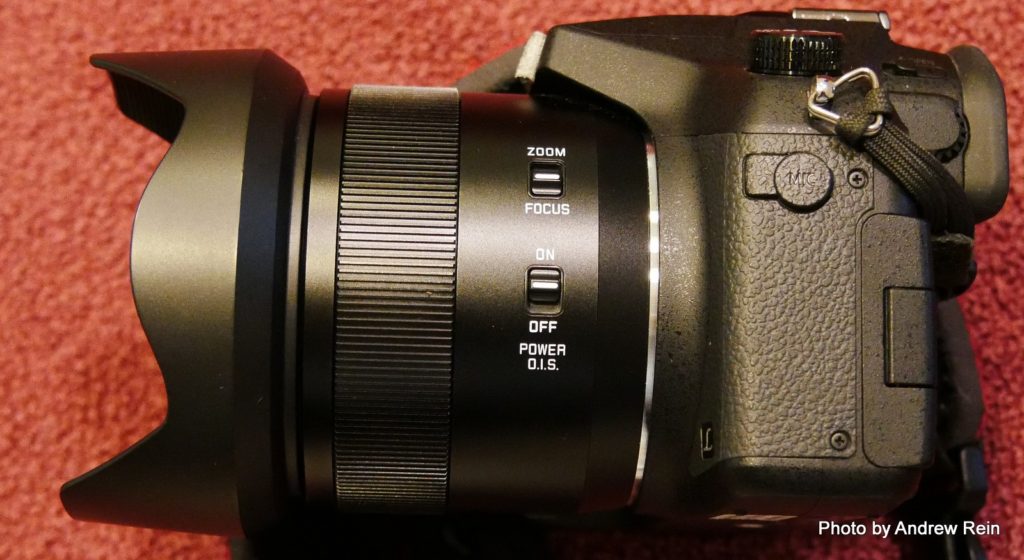
Next, I compared images taken with my Panasonic Lumix G85 micro four thirds camera with the smaller FZ1000 and its 1″ sensor:
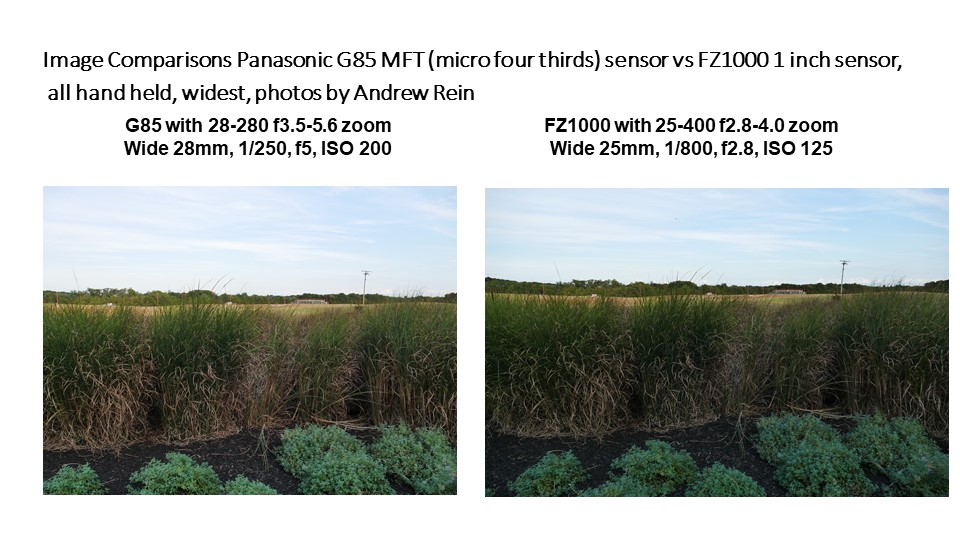
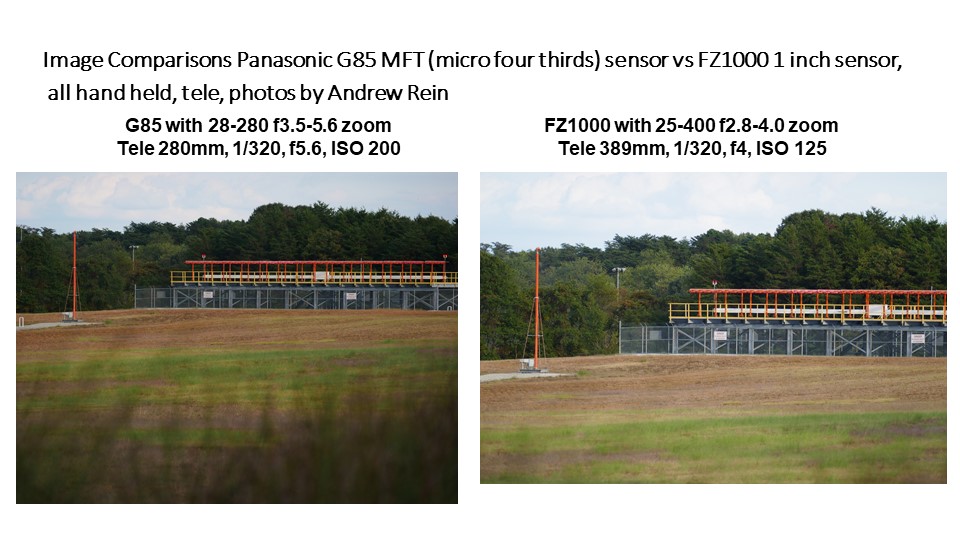
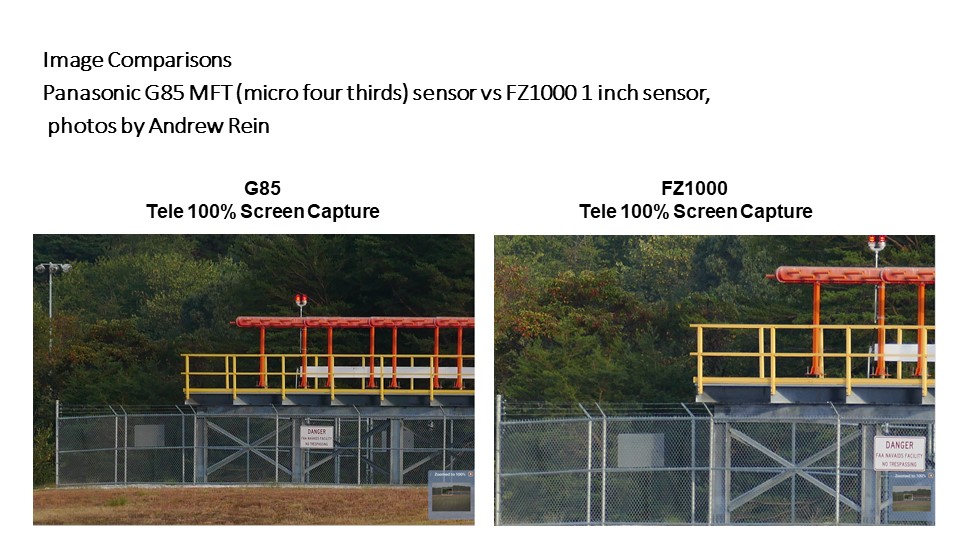
I came to the following conclusions regarding its benefits:
● Effective electronic viewfinder (EVF), high resolution and decent eye relief can see all corners with glasses.
● Fast start up.
● Easy to use menu system, very similar to other Panasonic cameras I have used.
● Intuitive controls, rarely need to refer to manual.
● All in one 16x zoom (25mm wide to 400mm tele), with no lens changes.
● Optical image stabilizer allows hand held lower shutter speeds .
● 1-inch, 20-megapixel sensor, gives pretty good results in low light.
● ISO up to 25600!, unusual for a point and shoot.
● Offers option of RAW files, but I have no experience with that feature.
The following were the negatives:
● Big, just fits in my camera bag.
● A little heavy at 29 oz (but that includes the all-in-one lens).
● Battery door pops open sometimes, hoping to fix this with some weatherstripping to increase.friction on door lock.
My overall verdict on the FZ1000 is:
● After using it for several weeks, I decided to keep it.
● It is not a perfect camera, but it fills a need for me.
● It is easy and fun to use and mostly gives me the results I expect.
● For more information, search for the many online reviews of this camera.

thanks for posting this! I am going to Italy for the first time in June and am trying to decide which camera to bring. We will be doing a lot moving around and I do not want to have to worry about bringing multiple lenses. I’ve always used Nikon and have just warmed up to my D3400 which has stellar image quality. But if I bring it, I will need to bring the zoom lens and my prime lens. But with the FZ1000, which I also have, it’s just so much more convenient. I’m still not sure which one I’ll bring, but your post definitely is making me consider the FZ1000 more seriously. I am a die hard Nikon guy,. but after finally figuring out my post process workflow after many years of search, I think I have a workflow which makes the camera irrelevant.